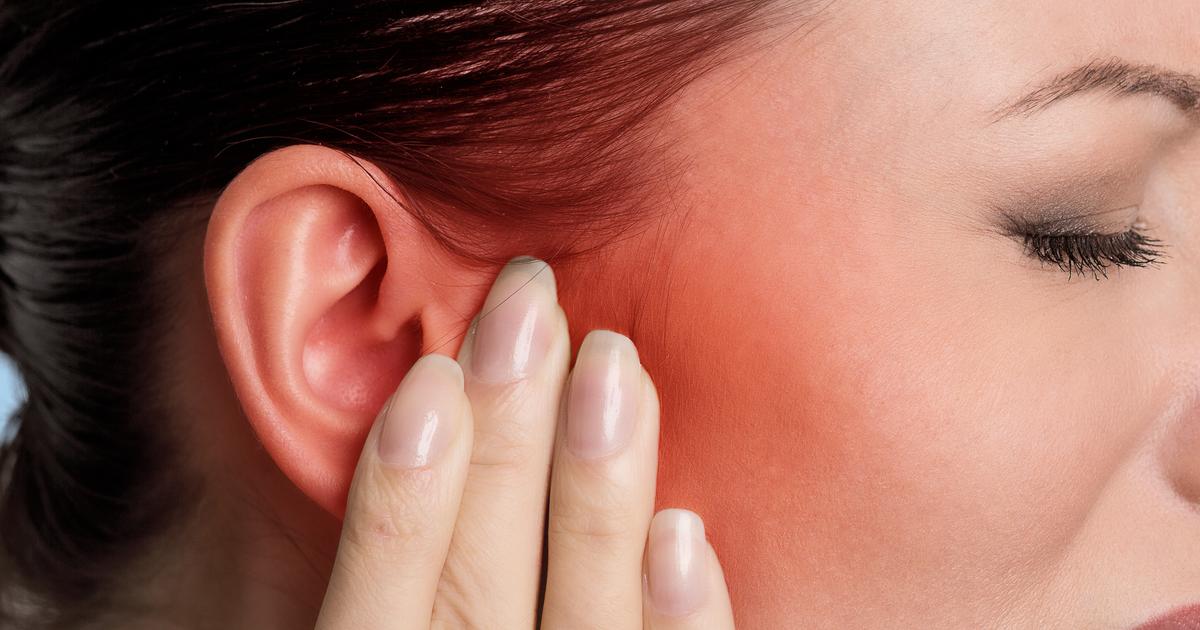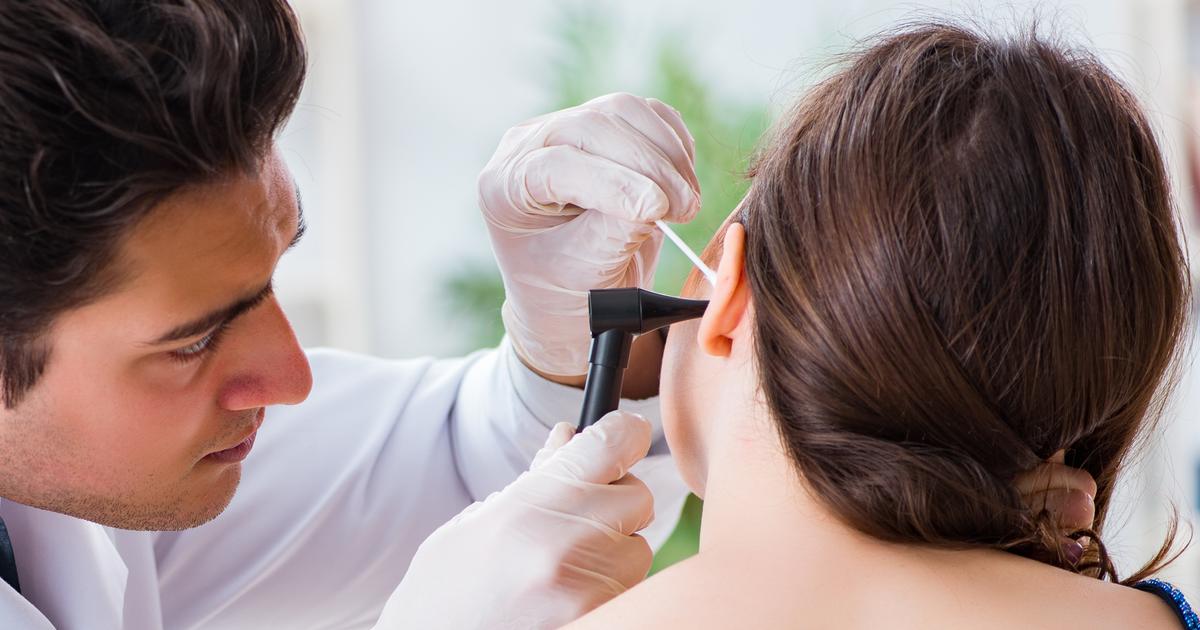Health Risks And Side Effects Of Ear Candling
Ear candling, also known as ear coning or thermal-auricular therapy, is a treatment often used in alternative medicine. Ear candles are approximately ten inches long and consist of a hollow fabric cone soaked in paraffin or wax. During an ear candling procedure, one end of the candle is lit, and the other end is placed into the patient's ear canal, remaining in place for fifteen minutes. While proponents of thermal-auricular therapy say the procedure softens earwax and pulls it out of the ear canal, no scientific studies have ever confirmed this. The practice is not approved by the Food and Drug Administration, and many types of ear candles have been blocked from being imported into the United States. Healthcare professionals note ear candling is a dangerous and ineffective method for the removal of earwax, and it could even make a patient's existing ear problems worse. Anyone who believes they may have an issue with their hearing or an accumulation of earwax should consider seeing their primary care doctor or an ear, nose, and throat specialist for a proper evaluation.
The side effects outlined below are just a few of those reported in connection to the use of ear candling.
Burning The Face Or Ear

Burning the face or ear could occur as a result of the open flame and the wax involved in thermal-auricular therapy. During the procedure, the candle has to be held in place by a friend or practitioner while the patient lies on their side. If the practitioner's hand slips, the flame from the candle could start a fire and ignite bedding or other materials near the patient. The flame might also make direct contact with the patient's ear or face, which could result in severe burns. In addition, melting wax from the candle could drip onto the patient's face or ear, also resulting in burns. Burns can occur in the outer and inner ear, as well as the eardrum. The ear candling procedure should be stopped immediately if burns occur. For burns involving the ear, patients should make an urgent appointment with an ear, nose, and throat specialist. Burns to the face may necessitate treatment in an urgent care center or the emergency room.
Uncover more potential risks associated with ear candling now.
Blocking The Eardrum With Candlewax

Blocking the eardrum with candlewax is one of the most frequently observed risks linked to ear candling. As the candle melts, the wax may clog the ear canal, and this could cause damage to the eardrum and inner ear. Patients who have candle wax blocking their ear canal typically experience hearing loss on the affected side, and they may also have a coating of ash on the eardrum itself. Even very small amounts of candle wax are known to cause blockages if they drip into the ear canal. Patients may not realize this has occurred until they notice hearing problems, pain, or a sensation of fullness in the ears a few days later. Although earwax can sometimes be removed through an ear syringing procedure carried out by a primary care physician, accumulations of candle wax inside the ear cannot be removed in this way. Instead, these types of blockages must be removed with specialized equipment, normally in an emergency room or an ear specialist's office.
Learn more about the major side effects of ear candling now.
Puncturing The Eardrum

If an ear candle is placed too deeply inside the ear canal and comes into direct contact with the eardrum, this could result in puncturing the eardrum. Also known as an eardrum perforation or an eardrum rupture, puncturing the eardrum causes symptoms such as severe ear pain, dizziness, ringing in the ears, and fluid drainage from the ears. The discharge from the ear may contain pus or blood, and patients often experience hearing loss too. To diagnose a ruptured eardrum, a primary care doctor or ear specialist will begin by looking into the patient's ear with an otoscope. Patients might also need to have audiology testing and a tympanometry study.
An eardrum puncture may close on its own within a few weeks, and patients will need to return to the doctor for follow-up appointments to check their progress. If the puncture does not heal, an eardrum patch may be placed during an office procedure. First, the doctor will apply a chemical to the edges of the hole to stimulate new cell growth, and they will then cover the existing hole with a patch. If the hole does not heal after the patch is applied, a surgical procedure known as a tympanoplasty might be necessary. During this procedure, the surgeon uses a small piece of the patient's tissue to make a graft that closes the eardrum puncture.
Read more about the potential side effects of ear candling now.
Damaging The Middle Ear

Damaging the middle ear is a potentially serious side effect of ear candling. The middle ear contains three small bones known as the anvil, stirrup, and hammer. The Eustachian tube is also located within the middle ear. Damage to the middle ear can lead to hearing loss and a ruptured eardrum, and it increases the risk of a middle ear infection. Known as otitis media, a middle ear infection can cause the eardrum to bulge outwards, which may produce ear pain and discharge. Otitis media is the most common form of ear infection, and it is typically caused by a virus or by bacteria. Since ear candling is not a sterile procedure, there is a possibility it could introduce dangerous bacteria into the ear canal, leading to a middle ear infection. Antibiotics such as amoxicillin are generally necessary to treat these bacterial infections. Patients who have ear infections that recur or do not respond to treatment may need specialized surgery to insert drainage tubes into the ear canal.
Get more details on the dangers associated with ear candling now.
Developing A Secondary Infection

Patients who undergo ear candling may be at risk of developing a secondary infection, and children and the elderly face an even higher risk of secondary infections with this procedure. Ear candling is typically carried out at spas or alternative health centers that may not offer a sterile environment. The ear candles themselves are not sterile, and the place in which the procedure is carried out may not follow any infection control protocols. Since ear candling introduces a foreign body into the ear, any debris, bacteria, or viruses on the candle could enter the patient's body. The most common types of secondary infections that are developed after ear candling are secondary infections of the ear canal. In addition to ear pain and hearing loss, patients with these infections could develop a fever, and surgery may be required to treat severe infections. Patients who have had ear candling may wish to visit an ear, nose, and throat specialist to be evaluated for potential infections.
